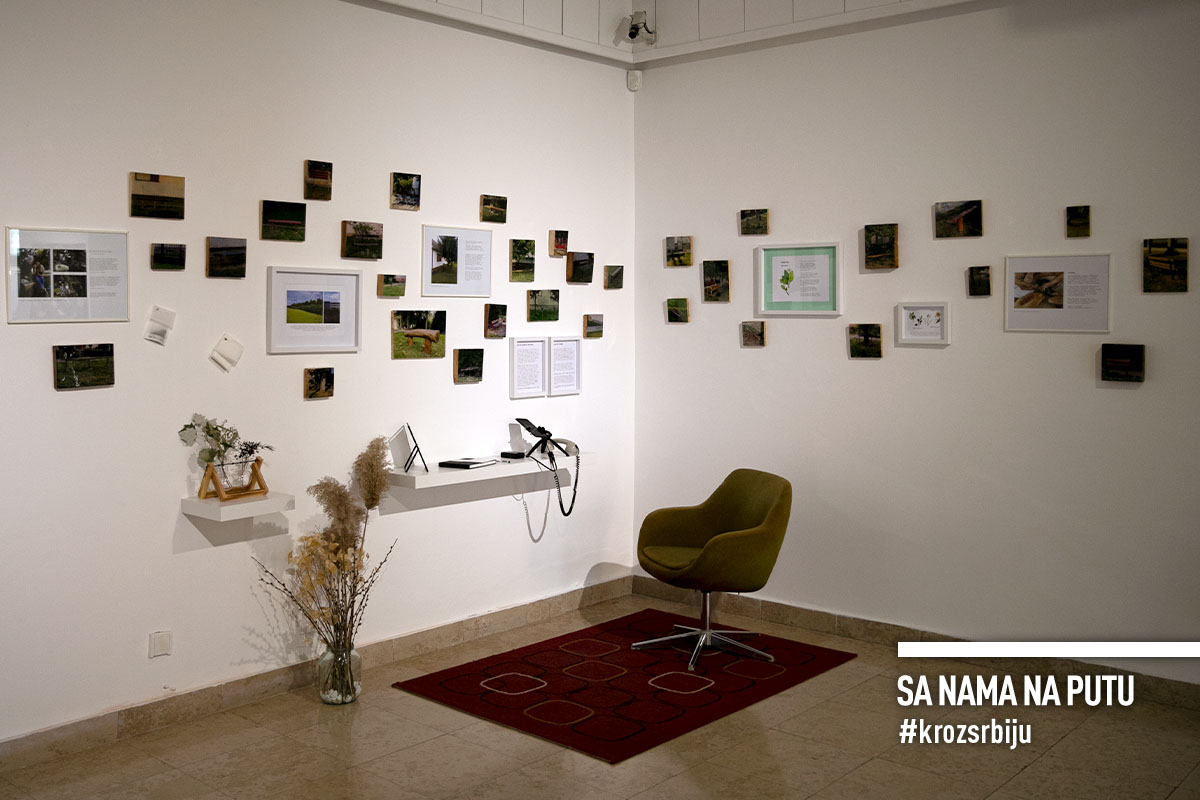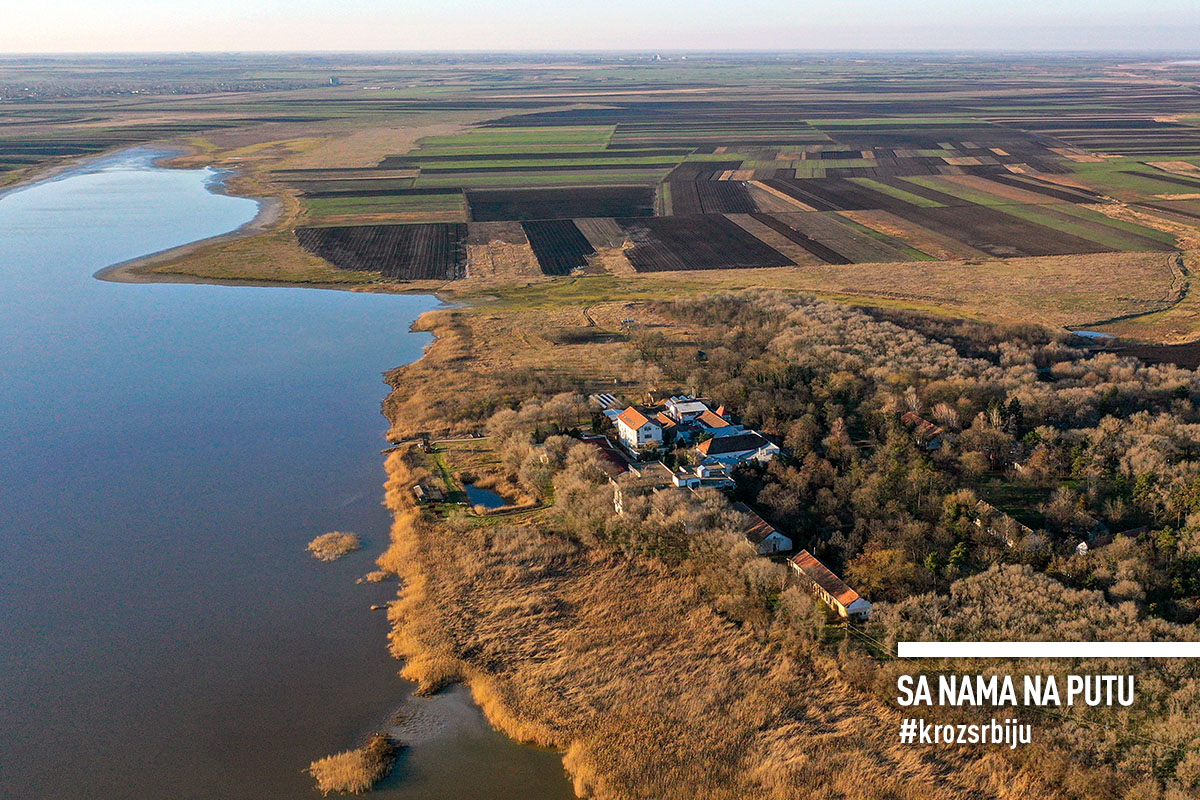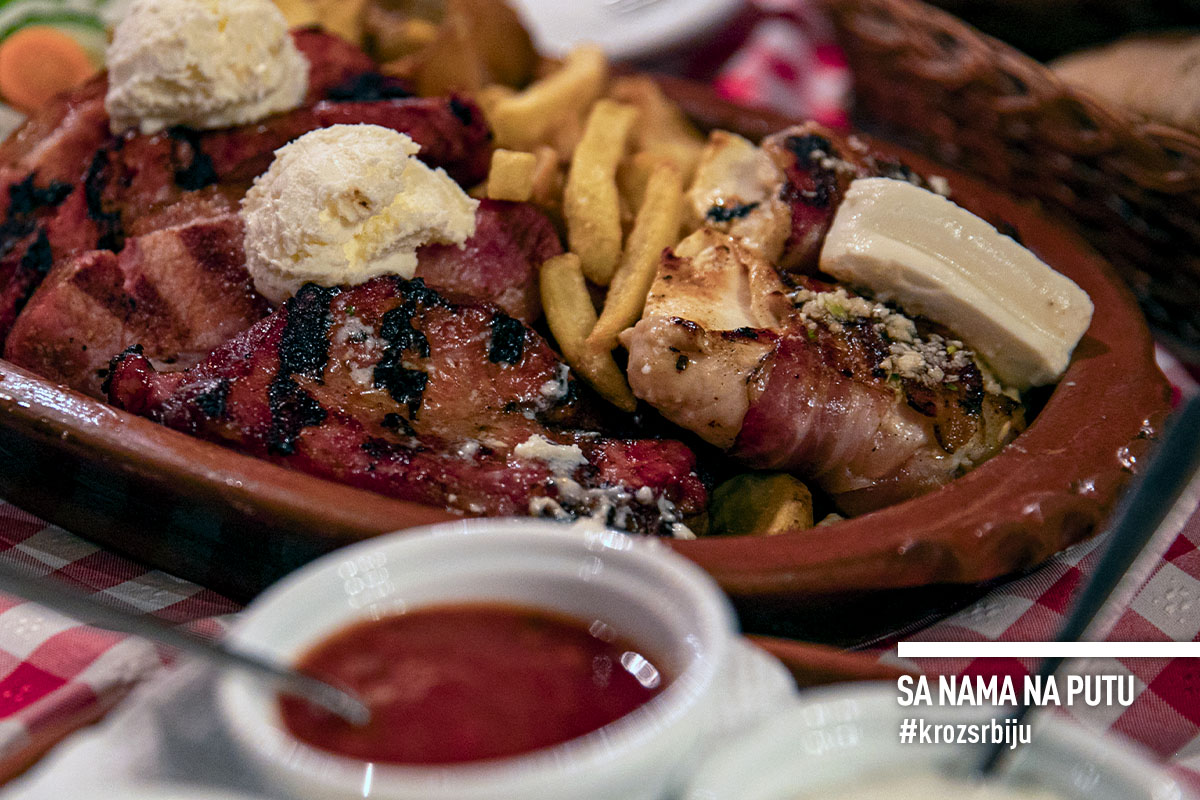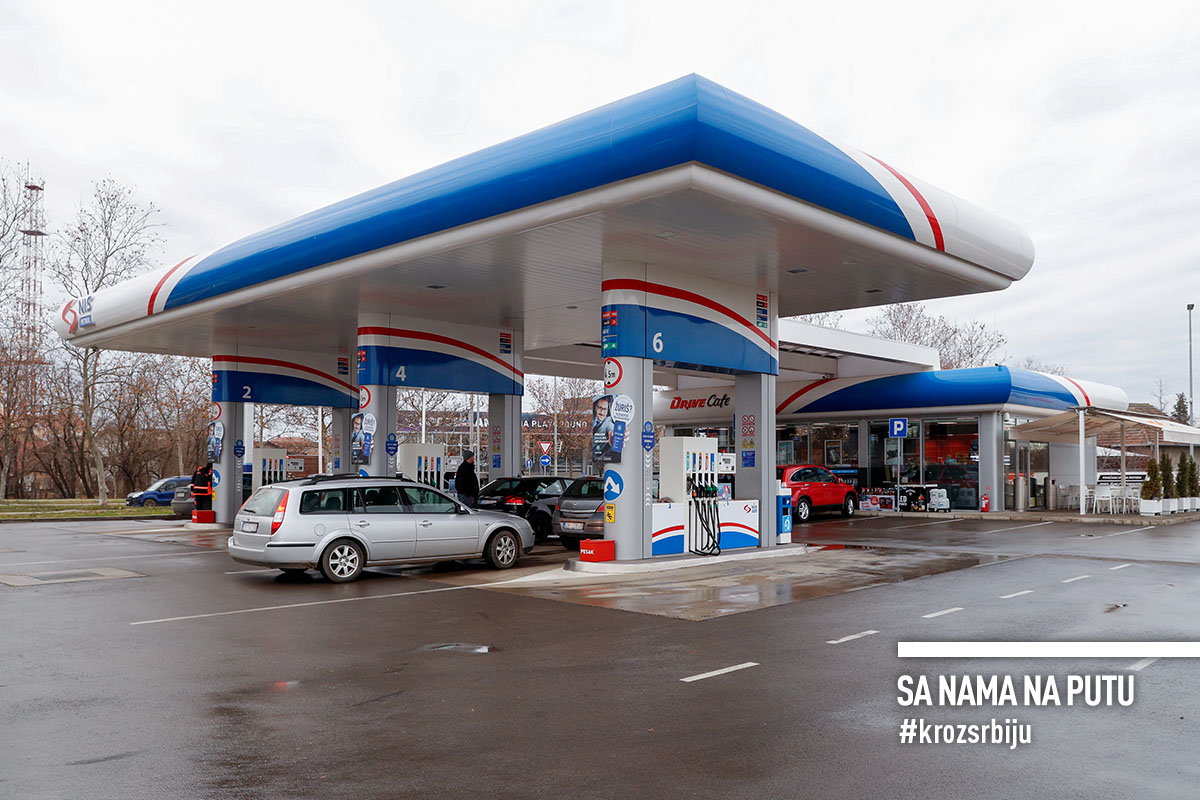“Nice people, a quiet river, and wheat fields of Banat, a beautiful young girl, and an enchanting song of tamburitza players,” says the song about the city on the Begej river. Stories about its bridges, sumptuous architecture, multiculturalism, beer, and sports grandmasters arouse curiosity. Well, let’s satisfy it.
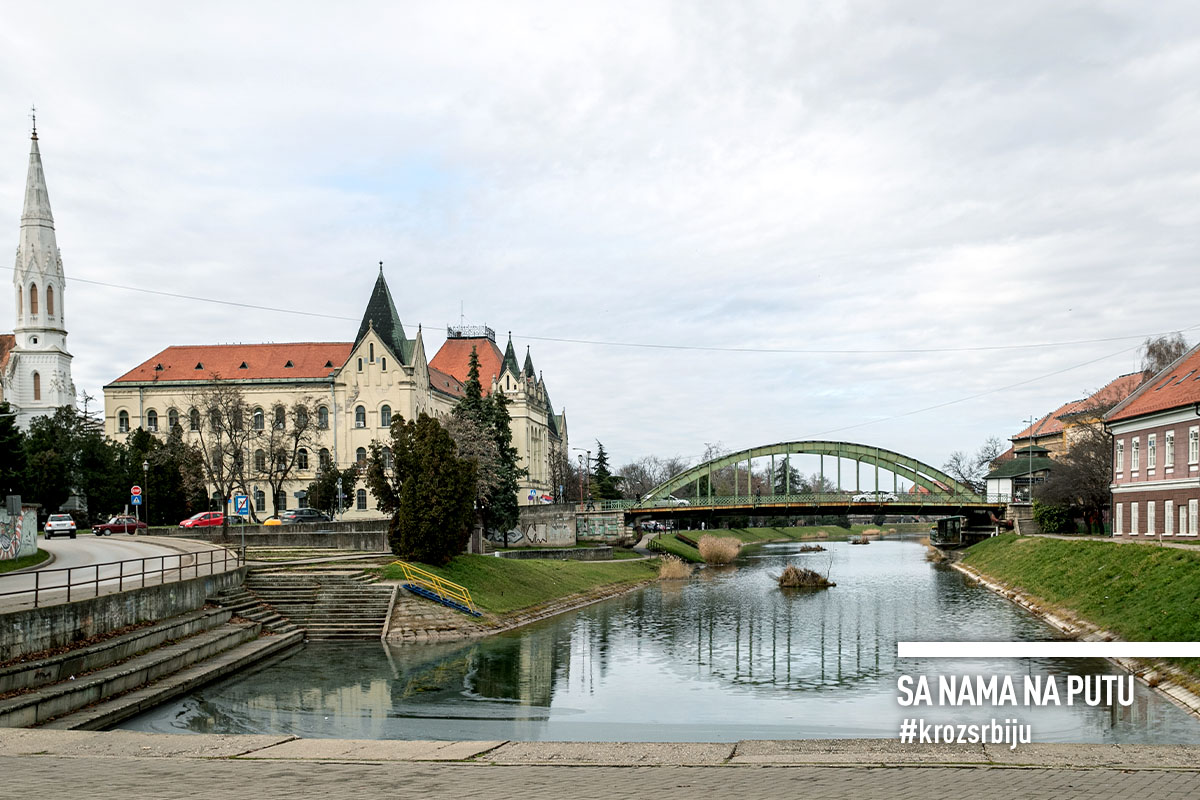
BECAUSE ZRENJANIN IS THE HEART OF THE BANAT PLAIN
It was first mentioned in 1326 as a village built on three islands of the Begej River. It was inhabited by many, even Spaniards, and almost became New Barcelona. Throughout history, it often changed its names – Becskerek, Veliki Becskerek, Petrovgrad, and Zrenjanin – named after the national hero Žarko Zrenjanin in 1946. It could also carry several nicknames, certainly Serbian Budapest, due to the number of bridges. We admit, Begej is not Danube, but even the blue European giant is not quite as powerful in the Hungarian capital as it becomes as soon as it escapes to Serbia. The flow of the river through the city was constantly changed, a little by nature, more by man. So, as many as 10 bridges were built over water. The oldest is the Small Bridge, built in 1904, and the newest is the 1992 Magistral Bridge. It also has three pedestrian bridges, a hanging and two arched ones.
The main Liberty Square is adorned by the County Palace, today the City Hall, the monument to King Peter I Karađorđević and the Roman Catholic cathedral from the mid-19th century, dedicated to St. John Nepomucene, who is considered the patron saint of bridges and rivers. There are magnificent buildings all over the place. The National Museum, the Palace of Justice, the Dunđerski Palace, and the House of Martial Arts, a work of Dragiša Brašovan, stand out for their beauty. Green oases in several spacious and landscaped parks add to its beauty as well. It is home to more than 20 national minorities, so various languages can be heard, and various religious objects can be seen. The Church of the Dormition of the Most Holy Mother of God from 1746 is the oldest preserved building and one of only a few that survived the great fire in the early 19th century. The Slovak Evangelical Church dates from the first half of the 19th century, while the Reformist Church dates from the end of the same century. There used to be a synagogue, but at the beginning of World War II it was destroyed by Nazi occupiers.
In the summer, people rush to the outskirts of the city, to the well-maintained beach, Peskara, which lies on three lakes due to many years of sand exploitation. We do not know whether the famous swimmer Ivan Lenđer swam here, but Zrenjanin is a certified nursery of champions, and perhaps the sportiest city in Serbia. It is difficult to count the medals won by athlete Ivana Španović, volleyball players Maja Ognjenović and Jovana Brakočević, karate athlete Snežana Perić, the Grbić brothers, Dejan Bodiroga… We might have met a future sports grandmaster along the way, because the blood of the winners flows here, next to the Begej river.
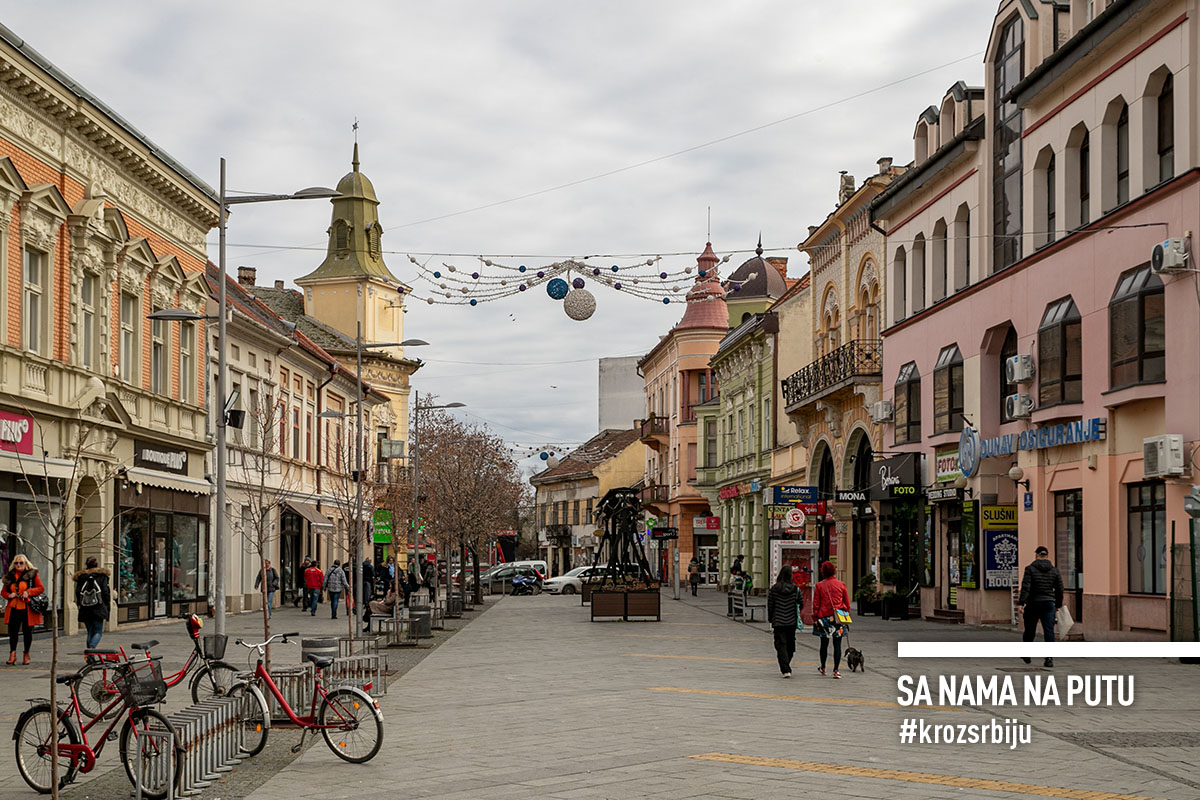
BECAUSE WALKING IN “CORSO” (PROMENADE) IS FOR ENJOYING ARCHITECTURE
Throughout history, the street has changed names depending on who ruled Zrenjanin, and today it bears the name of King Aleksandar I Karadjordjević. Just as a reminder who used to own everything here. The buildings in a separate part of the preserved old town were built in the second half of the 19th century and the beginning of the 20th century, in the spirit of Art Nouveau or historicism with neo-baroque elements. Particularly noteworthy are the building of the Torontal Bank (Croatian Savings Bank), the palace of Jovan Panji and the house of Živko Vukov from the end of the 18th century, the only residential building from the baroque period. Particularly interesting is the house of the stonecutter Tuner Teodosije from 1900, known as “Scheherazade”, who walked out of 1001 nights to give Zrenjanin Moorish charms. There are many noteworthy buildings, and the sightseeing can take a long time. Numerous hospitality and restauration places in Zrenjanin’s pedestrian street, lively, clean and harmoniously decorated, offer respite and refreshment.
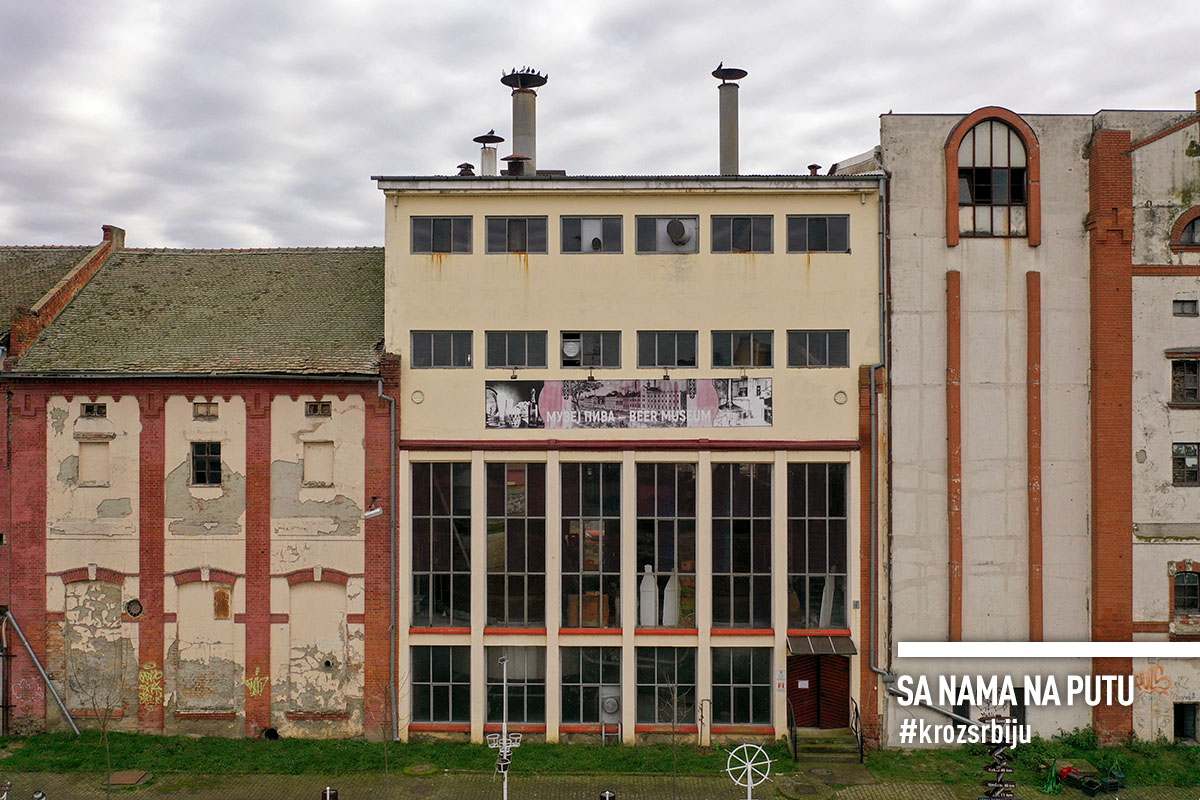
BECAUSE THE BEER MUSEUM PRESERVES THE HISTORY OF MAKING LIQUID BREAD
It is a recent one, but quite interesting, especially to beer drinkers. It settled in a renovated old plant, a brewery, that is, “a beer kitchen”. The walls and floor of the most important unit in beer production are lined with Brač stone in eight colors, and the entrance part, overlooking the river, is made of Italian glass. Uncannily luxurious for a brewery.
On display are a steam engine from the end of the 19th century, a filter machine, an old barley mill, made in Germany, a barrel bench for making beer barrels, copper cauldrons, and an old barrel with the inscription Dungyersky. You can also see old photos, beer bottles, mugs, labels, old tools, and many other interesting items.
One of the oldest drinks is made from yeast, hops, barley, and water. It is also often nicknamed “liquid bread” due to its high nutritional and energy value. It was brought to Zrenjanin by the German Sebastian Kreizeisen in 1745. The brewery’s boom is related to the Dunđerski family. It was taken over at the end of the 19th century, expanded and brewed beer using the best, Pilsen, technology, and the production of Zrenjanin beer continued this way. After being nationalized after World War II, it operated until 2007.
In accordance with its long beer tradition, Zrenjanin has been hosting Beer Day since 1986. Whether it flows from the taps in heaven, we will not know in this world; but we know for sure that in the last week of August it is abundant in the Banat beer paradise. No overindulging, because the infamous beer belly is lurking from the shadows.
